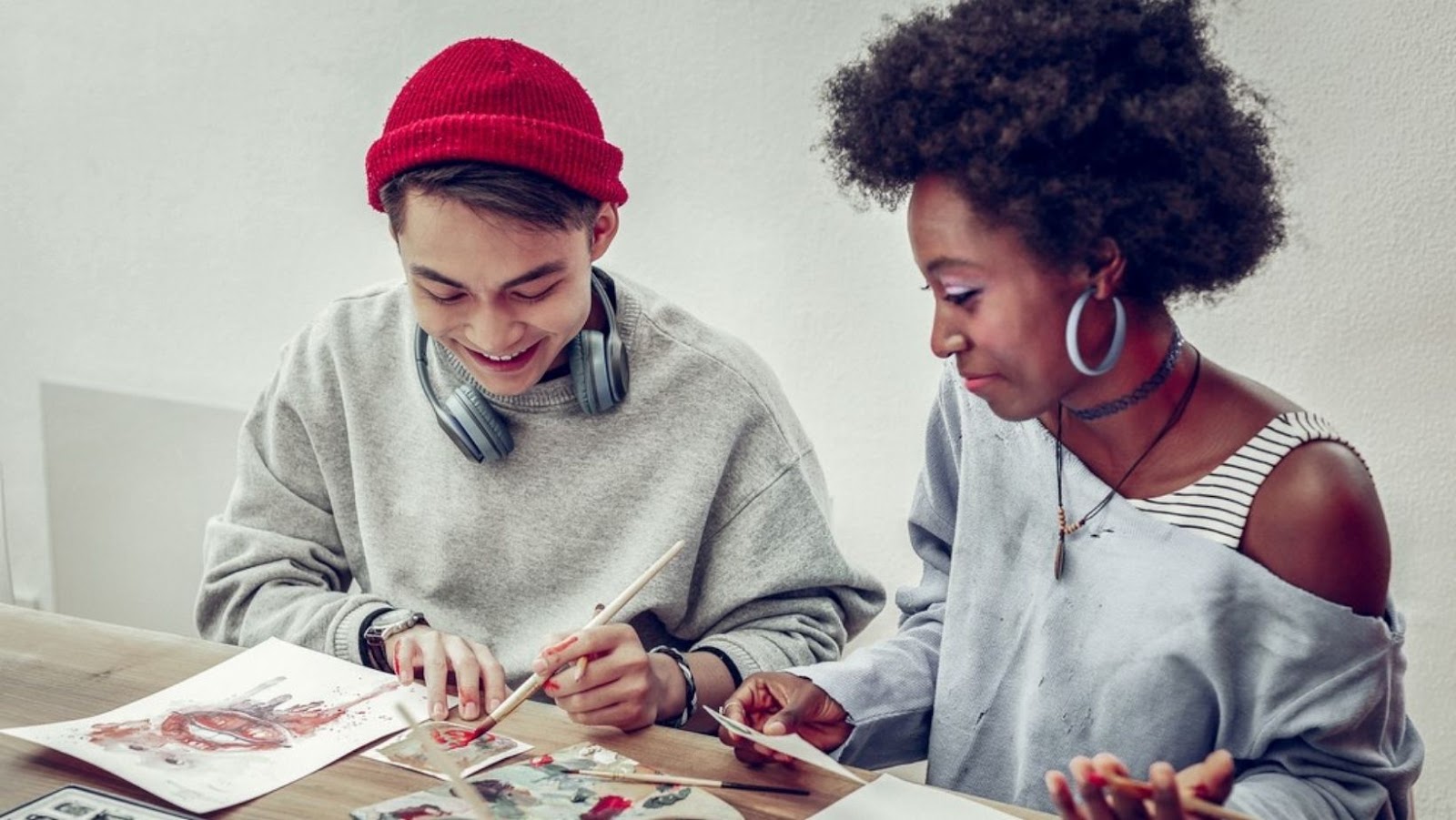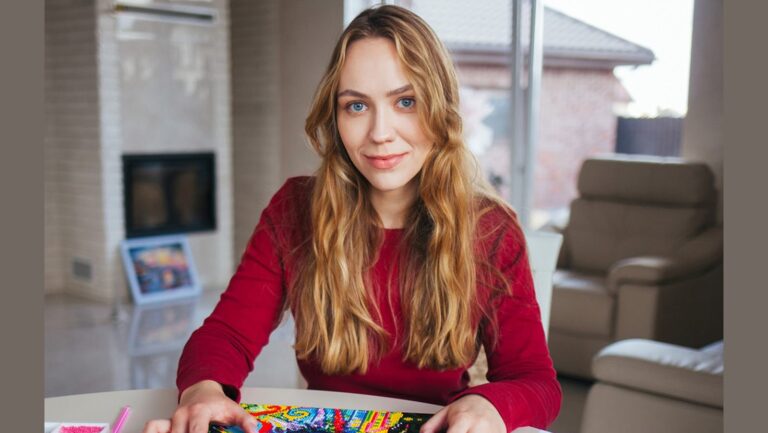Last Updated on June 29, 2023 by Nala Thorpe
Being an artist isn’t about creating beautiful drawings, paintings, or other traditional artwork. Furthermore, it certainly doesn’t have to be about earning a living or displaying your work in galleries or museums. If you want to be an artist, all you need to do is create art. That’s it. You don’t even need to be good at it. After all, very few people are born with a natural talent to draw photorealistic portraits or transform stone blocks into breathtaking statues. It takes most folks years of practice to hone their skills.
Whether you have any experience, natural ability, or known skills not, there are all sorts of reasons why you should try making art. Creative hobbies offer a wide range of benefits and are much fun. Even if no one but you ever sees your creations, you’ll still enjoy the mental, emotional and intellectual rewards of creating art. Making art for the sake of making art (and not to sell it, giving it as a gift, etc.) is something that everyone should try at least once. Keep reading to discover a few specific reasons why you should try to make art (even if you have no experience).
1. Creating Art Eases Stress and Anxiety
For most people, stress and anxiety are part of everyday life, but they needn’t take over your life. Taking steps to minimize stress improves both your physical and mental health and engaging in creative activities is a great place to start. Whether you try something new like completing diamond painting kits or stick to a more classical art form, like sketching or sculpting, you could experience decreased stress levels.
According to a study in the Journal of Art Therapy, participants who worked on an art project for just 45 minutes had lower levels of the stress hormone cortisol in their saliva after working on the project. This occurred in participants regardless of their prior art experience or skill level.
Diamond painting is an art form that can be used for mindfulness-based art therapy, which targets the reduction of anxiety. Creating beautiful, serene images using shimmering “diamond” drills provides a mental escape from day-to-day life and can even help one enter a meditative state. While making any type of art has mental health benefits, turning diamond painting kits into sparkly, three-dimensional masterpieces is especially soothing. And, unlike some arts and crafts, learning diamond painting for beginners is simple and accessible to people of almost any age.
2. Making Art Can Ease Depression
Distracting yourself with art can also be an effective means of working through feelings of sadness and depression. Plus, being creative improves your mood and can help you turn negative emotions into more positive ones.
Many studies indicate that the lack of sufficient levels of a brain chemical known as dopamine is a leading cause of depression. This chemical produces feelings of enjoyment and can provide the motivation you need to start new projects or finish current ones. Creating art is linked to higher dopamine levels, which can increase feelings of happiness. It also brings a sense of accomplishment that helps combat feelings of worthlessness or sadness.
3. Art Is a Powerful Tool for Self-Discovery and Expression

Many people struggle with identifying and expressing their emotions. They may even have difficulty identifying who they are at their core. Engaging in creative pursuits is an excellent way to do all of these things. Doing art for art’s sake allows you to let your creativity run free. You can experiment with different colors, designs, and styles with no restrictions. You’re also free to try various techniques and types of projects.
When investigating or engaging in trying out new art, do not force yourself into a box. Remember that creating art does not have to mean drawing, painting, sculpting, or any other specific activity. You might find that taking photos is the best way to express yourself by sharing your worldview. Or perhaps you’ll enjoy cross-stitch, knitting, or another type of fiber art. Even expressing your feelings in a journal can be a powerful form of art therapy that helps with self-discovery.
4. Art-Making Improves Connections in the Brain
Art affects the brain on multiple levels, not just emotionally. Research has found that just thinking about making visual art can improve connections between parts of the brain — and particularly in the default mode network. This system is most active during “wakeful rest”, like when you are daydreaming, concentrating on your thoughts, or making future plans. Improving these connections benefits the brain on a neural level and leads to better psychological resilience. Of course, looking at art that moves you has this effect, too, but making your own art is even more potent than observing pieces made by others.
5. Playing Music Provides Cognitive Benefits
Learning to play an instrument and making music are brain boosters that strengthen language skills, enhance memory and improve academic performance in kids and adults. Singing can be highly beneficial, as well. Performing in a choir or band is not only a great confidence builder but a means of forming meaningful connections with people who share the same interests.
6. Mindless Sketching Improves Focus

Do you ever mindlessly doodle when stuck in a meeting or a long call? If so, you might already know that this simple activity can help improve focus. According to a study published by Applied Cognitive Psychology, participants who doodled recalled 29 percent more information on a surprise memory test than their non-doodling counterparts.
If you have trouble paying attention when listening to something boring, try making some random sketches on a napkin or doing a bit of doodling in the margins of your notebook or presentation materials. You might be surprised at just how much this simple activity improves your focus.
Closing Thoughts
The benefits that creating art can bring you go far beyond the artwork/piece you create. Even if you lack experience and think you are not any “good” at making art, you can experience the benefits of creative activities by simply deciding to make something. Furthermore, each time you work on your art, you’ll develop the necessary skills to improve your creations.




